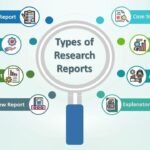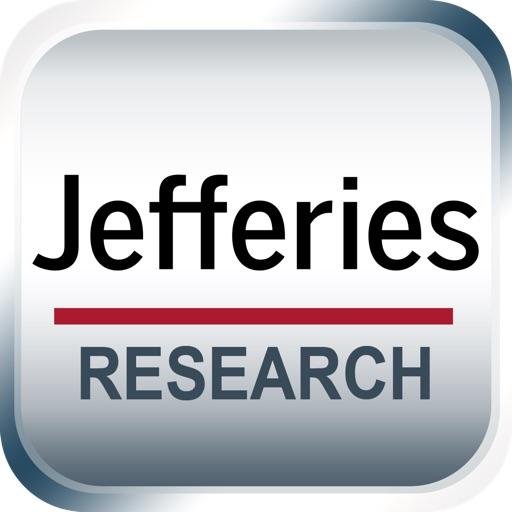research report elements

In the realm of academia and professional inquiry, the research report serves as a vital instrument for disseminating findings and advancing knowledge. At its core, a research report encapsulates the essence of a study, presenting a structured narrative that bridges the gap between raw data and coherent conclusions. Whether in the sciences, social sciences, or humanities, understanding the essential elements of a research report is crucial for both authors and readers alike. This article delves into the fundamental components of a research report, including the research question, methodology, results, and conclusions, illuminating how each element contributes to the integrity and clarity of the final document. By unraveling these elements, we can appreciate not only the artistry of scholarly communication but also the rigor that underpins effective research practices. Join us as we explore the architecture of research reports, empowering you to craft and critique them with confidence.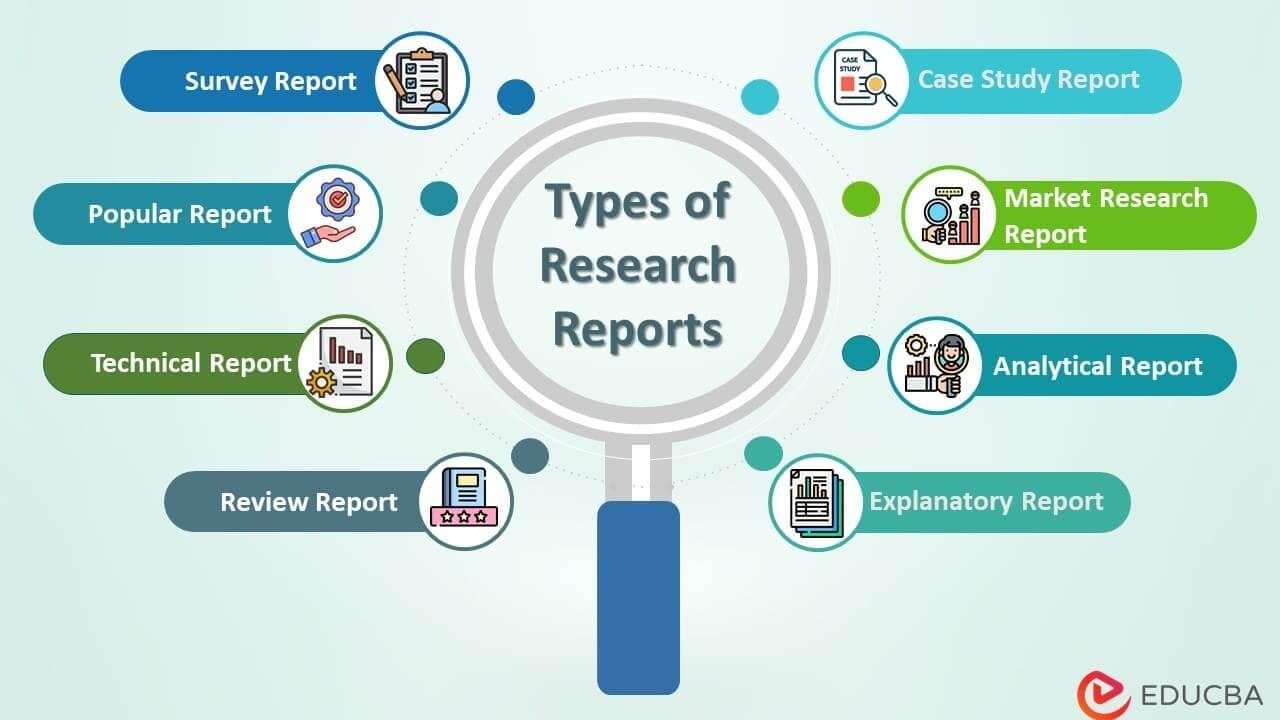
Understanding the Essential Components of a Research Report
A well-structured research report consists of several key components that work in harmony to convey the research findings comprehensively. Each section serves a specific purpose, guiding the reader through the narrative of your research. The most critical elements include:
- Title Page: Captures the essence of the report and includes the title, author(s), and date.
- Abstract: A concise summary of the research that highlights the purpose, methodology, and key findings.
- Introduction: Sets the stage by presenting the research problem and outlining the objectives.
- Literature Review: Analyzes existing research to contextualize your study within the broader academic landscape.
- Methodology: Describes how the research was conducted, including data collection and analysis methods.
- Results: Reports the findings of the research, often using tables and figures for clarity.
- Discussion: Interprets the results, discussing their implications and how they relate to the original research question.
- Conclusion: Summarizes the entire study, reinforcing its significance and suggesting areas for future research.
- References: Lists all sources cited throughout the report to give credit and enable further reading.
Each of these components not only adds depth to the report but also enhances its readability and professionalism. Particularly, the results and discussion sections play a critical role in engaging the reader with the research outcomes. Consider presenting your results in a concise table to facilitate understanding, as shown below:
| Finding | Implication |
|---|---|
| Increased engagement by 30% | Suggests strategies for boosting participation. |
| Higher retention rates | Indicates effectiveness of intervention. |
| Positive feedback from participants | Supports the validity of methods used. |
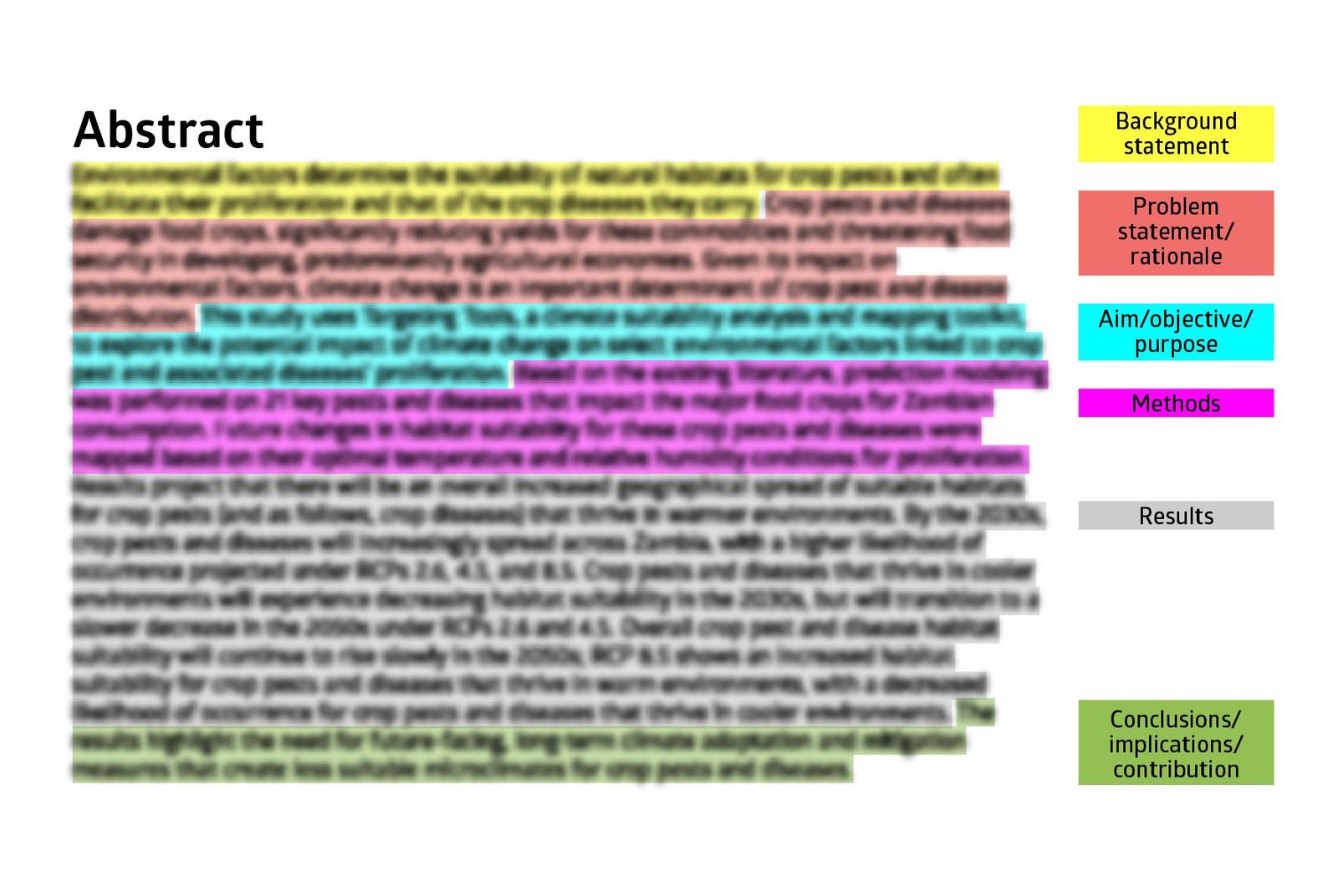
Crafting a Compelling Abstract and Introduction
When crafting an abstract, keep in mind that it serves as a succinct summary of your research report, allowing readers to quickly grasp the key elements of your study. A well-written abstract should encapsulate the purpose, methods, results, and conclusions of your research. Aim for clarity and precision by including only the most critical information. To achieve this, consider the following components for your abstract:
- Purpose: Clearly define the main question or problem your research addresses.
- Methods: Briefly describe the approach or techniques employed in your study.
- Results: Present the most significant findings without delving into excessive detail.
- Conclusions: Summarize the implications of your research and its relevance to the field.
An engaging introduction not only sets the stage for your research but also captivates your audience’s attention. It should establish the context of your study, highlight the gap in existing literature, and detail the significance of your research question. To guide the readers smoothly into your report, include a logical flow by covering the following points:
- Background Information: Provide a brief overview of the topic, helping readers understand its importance.
- Research Gap: Clearly identify what previous studies have overlooked or what remains unresolved.
- Objectives: Articulate the main objectives of your study and what you intend to achieve.
- Thesis Statement: Present a concise statement that outlines the central argument of your report.
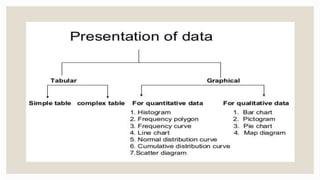
Analyzing Data Presentation Techniques for Clarity and Impact
Effective data presentation is pivotal in ensuring that your findings resonate clearly with your audience. When structuring your visuals, it’s essential to balance complexity and simplicity. Utilizing tools like charts, graphs, and infographics can distill intricate data into easily digestible formats. When crafting these visuals, consider the following elements:
- Color Schemes: Use contrasting colors to highlight key data points.
- Legibility: Choose fonts that are easy to read, ensuring text stands out against background colors.
- Simplicity: Avoid overcrowding visuals; aim for clarity by limiting the amount of data displayed at once.
Additionally, the context in which data is presented greatly influences its interpretation. Incorporating annotations can guide viewers through complex datasets while providing necessary explanations. Tables can also serve to effectively organize data, making comparisons straightforward. Consider the following template to showcase results clearly:
| Metric | Value | Interpretation |
|---|---|---|
| Response Rate | 75% | High engagement with target audience |
| Average Time on Page | 3 mins | Content resonates well |
| Conversion Rate | 15% | Effective call-to-action |

Formulating Strong Conclusions and Recommendations for Future Research
In any research report, the conclusions drawn should encapsulate the essence of the findings while also considering their implications. A strong conclusion synthesizes the core insights, offering a succinct overview of what was discovered and the significance that it holds within the broader context of the field. It’s vital to highlight the key themes that emerged throughout the research, ensuring that readers can grasp the primary takeaways effortlessly. Here are some essential elements to consider when crafting conclusions:
- Summarize major findings: Distill the results into a clear statement that conveys the crux of the research.
- Reflect on limitations: Acknowledge the constraints faced during the study to lend credibility to the findings.
- Discuss implications: Explain how the discoveries contribute to existing knowledge and what they may mean for practitioners or policymakers.
Equally important are the recommendations for future inquiry, which serve as a bridge to further exploration. These suggestions should be rooted in the observed gaps during the study and should inspire researchers to delve deeper into uncharted territories. By outlining potential avenues for future research, the conclusions can stimulate ongoing dialogue and investigation. When drafting these recommendations, consider:
- Expanding on the current research: Identify areas where further studies could refine or challenge your findings.
- Innovative methodologies: Suggest alternative approaches that could yield new insights or perspectives.
- Interdisciplinary approaches: Encourage collaboration across various fields to enrich the discussion and findings.
To Wrap It Up
understanding the various elements of a research report is pivotal for anyone delving into the world of academic inquiry. Each component, from the abstract to the conclusion, plays an integral role in weaving together a coherent narrative that not only presents findings but also engages and informs readers. By mastering these elements, researchers not only enhance the clarity and impact of their work but also contribute to the broader discourse within their fields. As you embark on your own research endeavors or engage with the works of others, remember that a well-structured report is not merely a checklist of requirements, but a powerful tool for communication and knowledge advancement. Let these fundamental elements guide your journey in the intricate landscape of research and discovery, where clarity and rigor pave the path to enlightenment.


